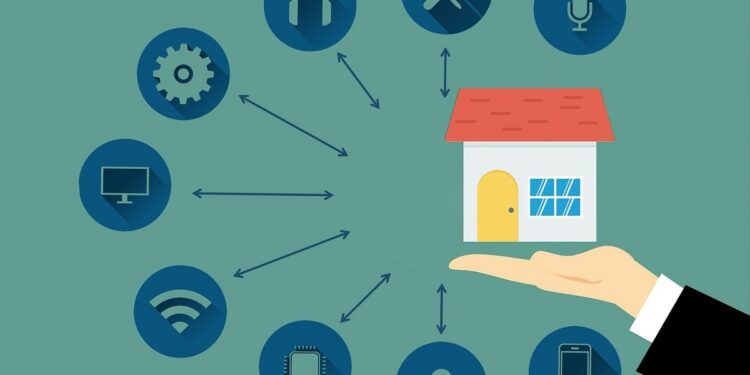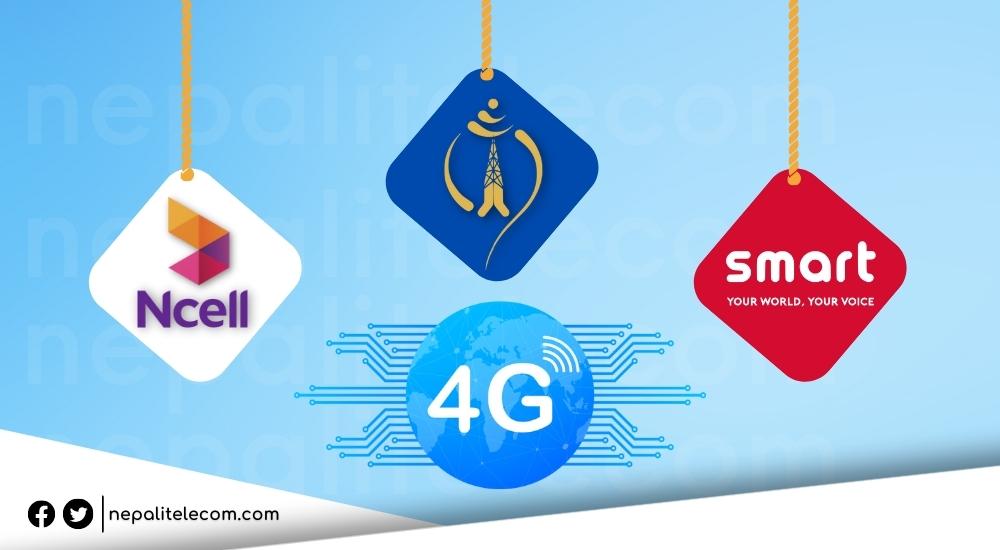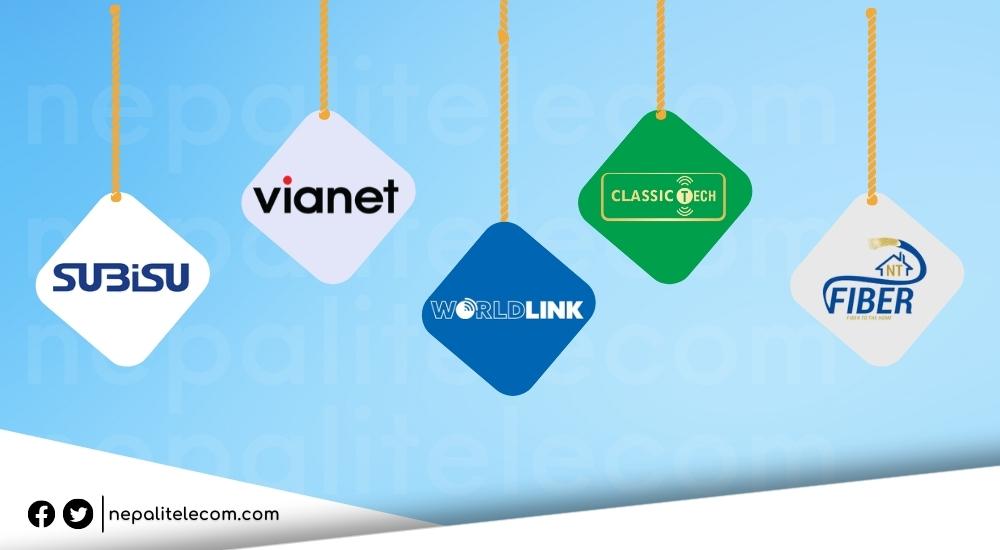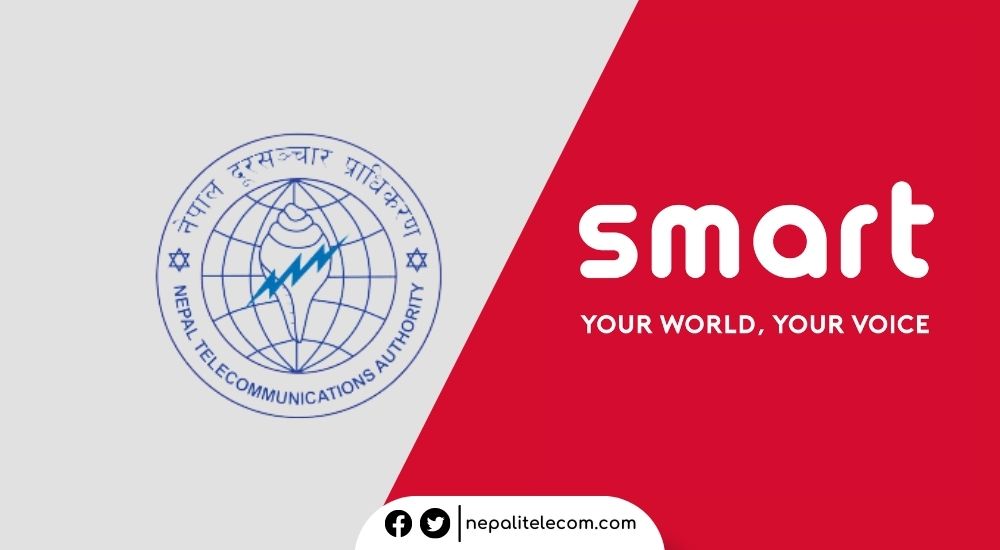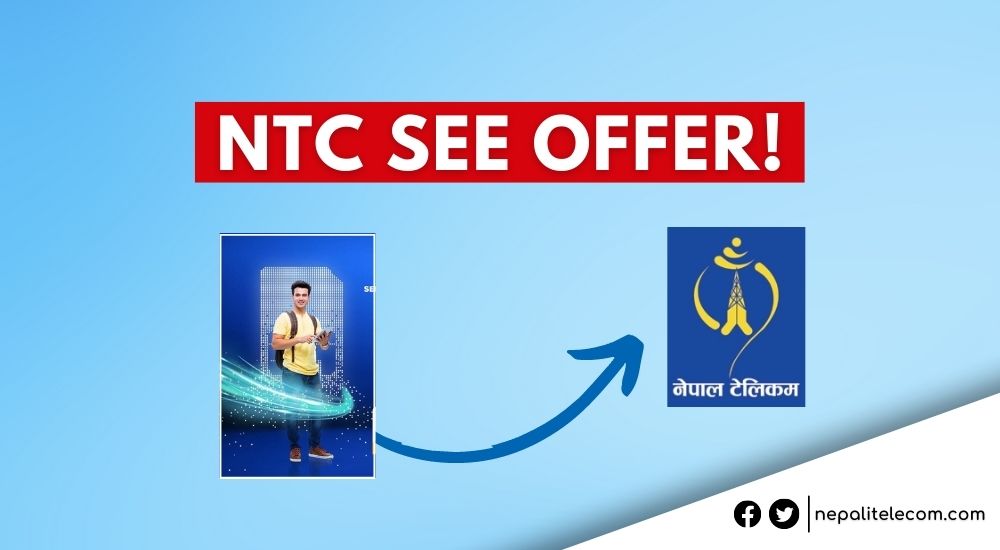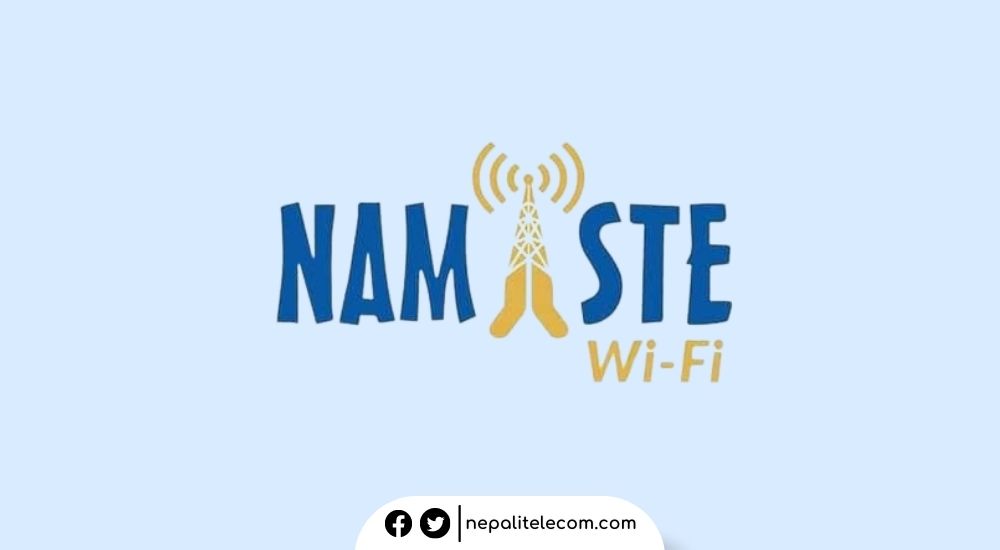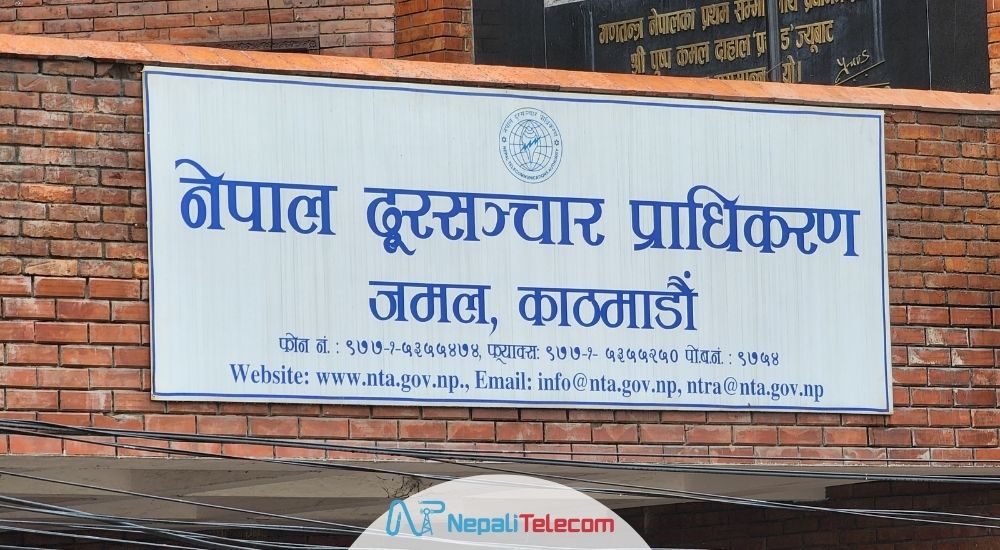Internet access in Nepal continues to show a remarkable discrepancy between the poor and non-poor category citizens. According to a new Nepal Living Standard Survey (NLSS), 2022/23, published by the National Statistics Office (NSO), only 9.5% of “poverty line” households have an internet connection compared to 45.7% in the non-poverty line households.
The NLSS 2022/23 has it that in total 39.7% of Nepali households have internet access. As stated above, the connectivity gulf is wide among the poor and non-poor families. The stat is a slight improvement from the earlier report from the Central Bureau of Statistics (CBS) for the National Census 2078 (2021) which quoted 37.8% of Nepali households having an internet connection.
| Internet access in poverty line households | Internet access in non-poverty line households | Total internet access in Nepal (till 2023) |
| 9.5% | 45.7% | 39.7% |
Likewise, 79.3% of households in Kathmandu have been connected to the internet. Excluding Kathmandu, 43.2% of families in urban areas and 17.4% of households in rural areas are using the Internet.
| Households with internet in Kathmandu | Households with internet in urban areas (excl. Kathmandu) | Households with internet in urban rural areas |
| 79.3% | 43.2% | 17.4% |
The statistics present a harrowing discrepancy in internet access among the families living in cities and those in villages. Despite the government efforts, the digital divide looks to be a continuous challenge.
Check out: Kacific Satellite Internet Price and Packages in Nepal [2024]
Internet services got only the “Fair” verdict in the survey
The survey had three categories for participants- Good, Fair, and Bad to declare their internet service quality provided by government service providers and private internet service providers (ISPs). 31.3% of participants voted for Fair, 15.8 for Good, and 2.7% declared bad for the internet service they receive from public service providers. Nepal Telecom (Ntc) is the only government-backed telecom and internet service provider in Nepal.
| Service providers | Internet service quality verdict in NLSS 2022/23 | ||
| Good | Fair | Bad | |
| Government | 15.8% | 31.3% | 2.7% |
| Private | 21% | 38.9% | 3% |
For the private entities, 38.9% voted for “Fair”, 21% gave it a “Good”, and 3% called it “Bad” for the Internet service. WorldLink, Vianet, Classic Tech, Subisu, etc. are the top private ISPs in Nepal.
Internet access in Nepal province-wise
The NLSS 2022/23 report also provides statistics on the state of internet access in provinces. According to the report, households living in the Bagmati province have the country’s highest internet access at 59.8%.
This is largely due to the province being home to Kathmandu, and other cities. Kathmandu alone is home to around 6 million population living permanently or temporarily. So, it’s likely that the capital helps Bagmati province represent more “internet-connected” people among the provinces.
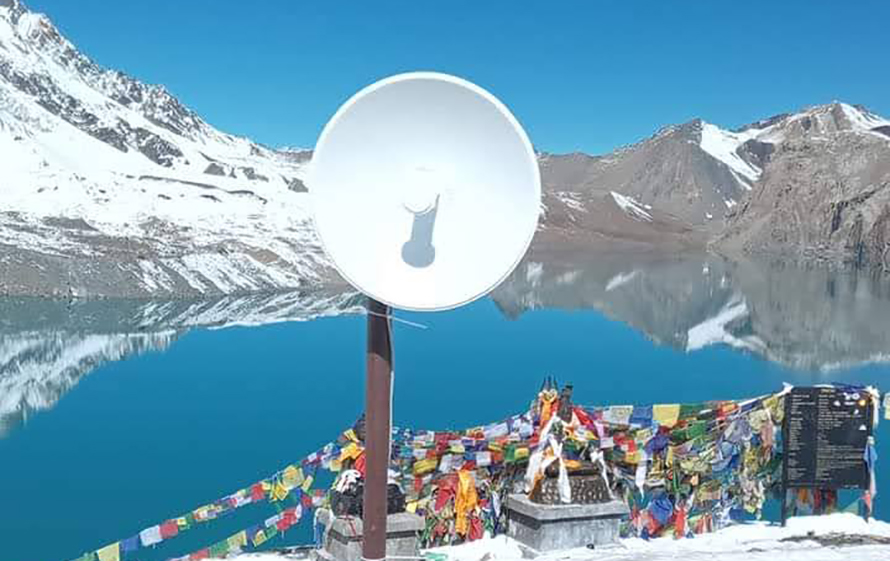
In contrast, families in the Karnali province have the least internet connectivity at 14%. Likewise, only 19.7% of households living in the Far-West Province (Sudurpashchim Province) have internet connectivity.
Check out: 5G vs Fiber: Find Out Which Is Better?
A bleak reflection on the state of connectivity
The NLSS 2022/23 report provides a sharp and underwhelming insight into the current state of connectivity in Nepal. It’s more damning considering the government’s continuous efforts in bridging the digital divide in the country.
Nepal Telecommunications Authority (NTA) initiated its free broadband internet project to promote connectivity in community schools, hospitals, and communities across Nepal. Additionally, Nepal Telecom (NTC) and Ncell continue to expand their services in many remote and rural areas. However, the report shows that more is required to be done in the communication sector.
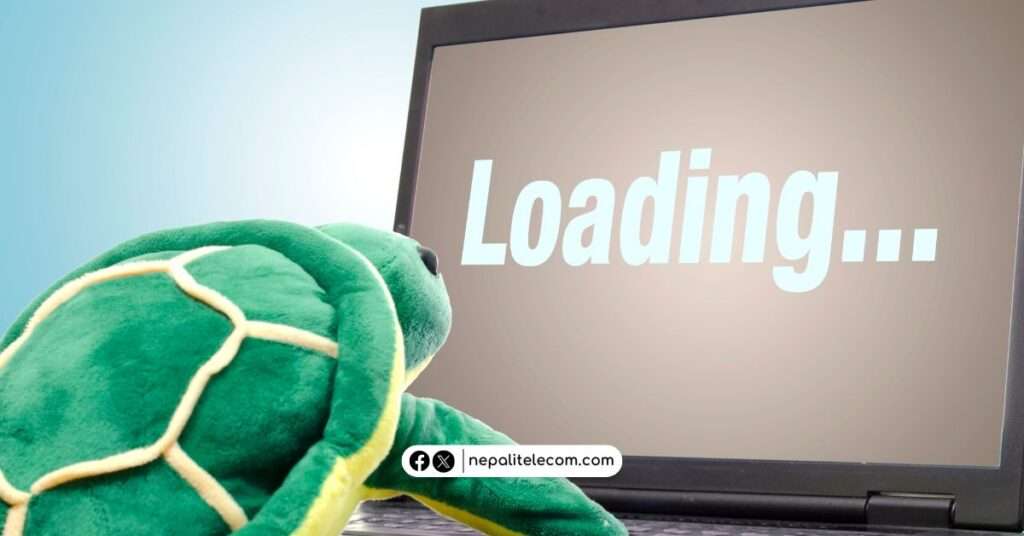
On the positive side, Ntc has expanded its 4G network at 98% local levels. Recently, Ntc also launched 4G network in Machhapuchchhre Base Camp and Annapurna Base Camp abbreviated as MBC and ABC, respectively. Ncell, likewise, continues to extend its cellular network to more areas around the country.
Also read: 4G users in Nepal continue to increase; Ntc, Ncell figures
More efforts needed for more concrete results
Nepal government has put the internet service in the list of essential services and has outlawed strikes that could affect the flow of telecommunication services. However, the gulf still remains wide open in terms of access to connectivity. At the same time, there are areas of improvement for the services too.
There seems to be a coordination among the government, NTA, ISPs, telecom operators, and other stakeholders to ensure that internet services reach the public fairly and evenly across Nepal.
What do you think of this report seeing the divide in internet access among the poverty-line and non-poverty line households and in general? Do offer your opnions in the comment section below.


